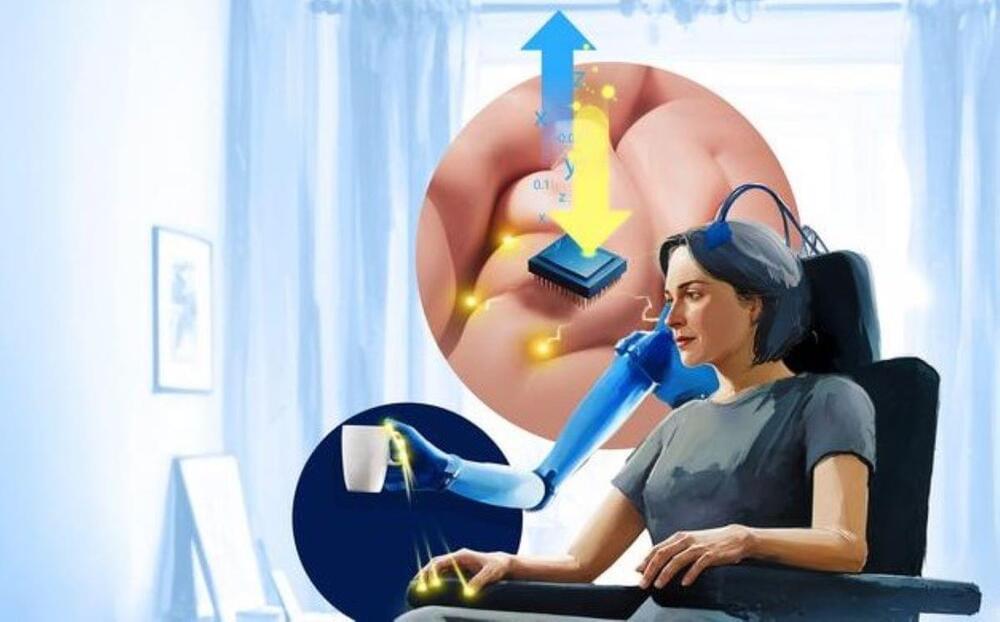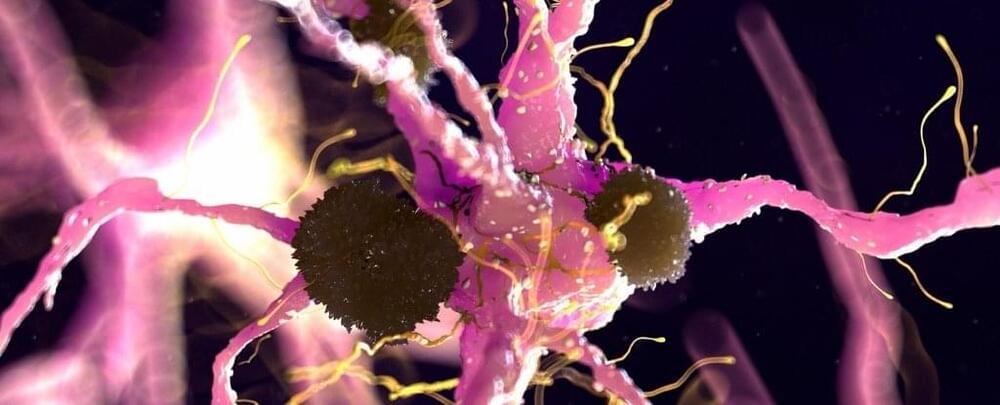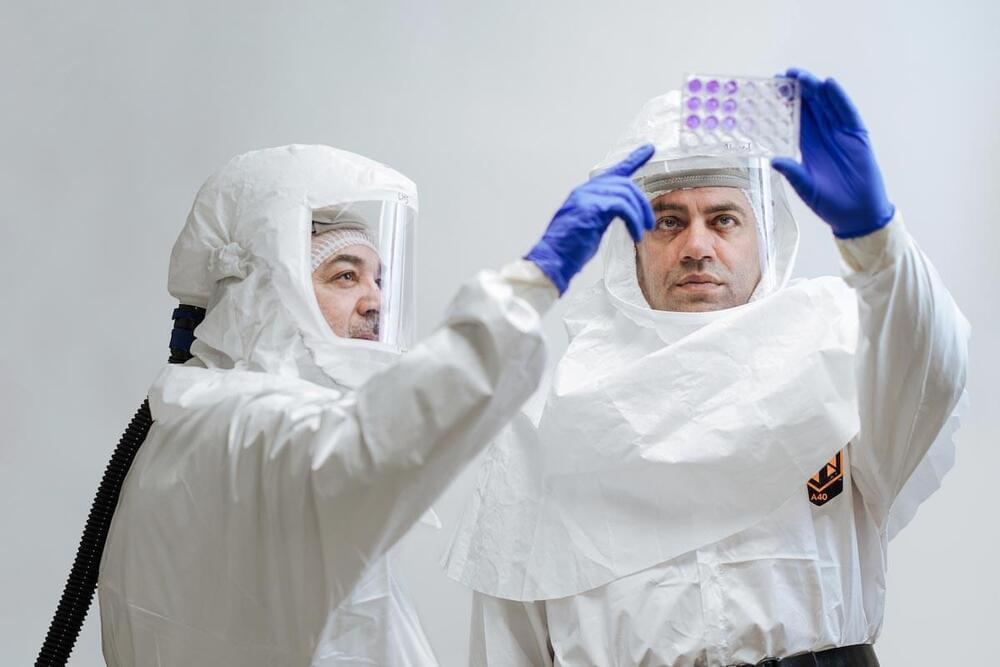“You’re going to think I’m crazy,” Callum said, looking down at his hands as he wrung them together in his lap. “It’s just that everything feels like a dream. I know I’m not dreaming – I mean – I think I’m really here, but at the same time I’m not sure. Everything feels off somehow.”
A deep sigh. “No one gets what I mean.”
The slim 18-year-old across from me looks defeated, dejected and thoroughly fed up. This is typical in my line of work. Not just because I’m a mental health professional, so I rarely get to meet people who are in the middle of the best time of their lives, but because I specialize in dissociation and depersonalization.







